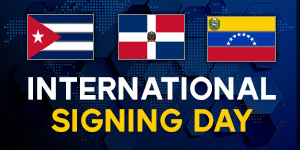De Andrade is tall and lean and projects to be a middle-of-the-order hitter. He’s slotted in at shortstop now, but there’s a chance he moves to third because of his size, and his skillset might fit better at the hot corner. He has a chance to be an above-average defender at either position. At the plate, De Andrade shows tons of bat speed and the ability to hit the ball with authority to all fields. He shows flashes of average power now and projects to have above-average power in the future.
As for LaFlor, he’s a shortstop but could shift to second base because of his versatility and glovework. There’s also a potential fit for him in center field because of his athleticism, speed and arm potential. At the plate, LaFlor is likely suited for the top of the lineup because of his speed and power combination. He makes lots of hard contact with his short, quick swings from both sides of the plate. The high-energy prospect can spray the ball to all fields with authority.
According to the rules established by the Collective Bargaining Agreement, clubs that receive a Competitive Balance Pick in Round B of the Draft -- like the Twins -- have the most money to spend on international prospects, with a pool of $6,431,000. Clubs that receive a Competitive Balance Pick in Round A of the Draft receive the second most at $5,889,600.
Unlike in previous years, teams are not allowed to trade any of their international pool money. Signing bonuses of $10,000 or less do not count toward a club's bonus pool, and foreign professional players who are at least 25 years of age and have played in a foreign league for at least six seasons are also exempt.

